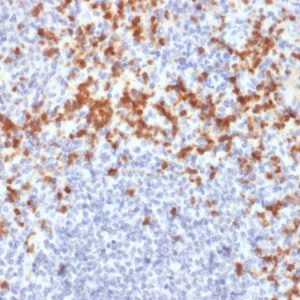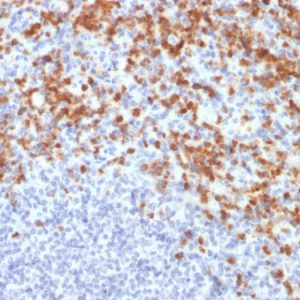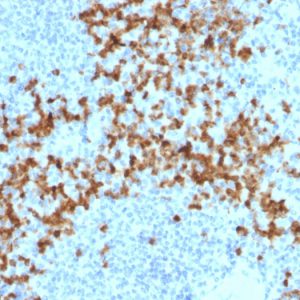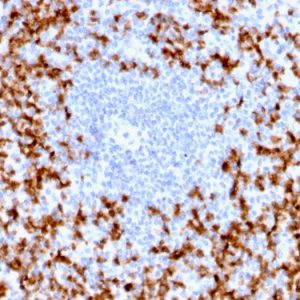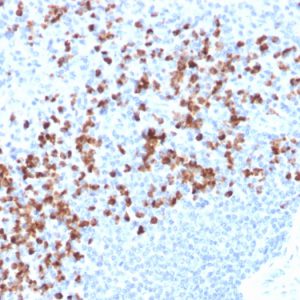Free Shipping in the U.S. for orders over $1000. Shop Now>>

Matrix Metalloproteinase 9 (MMP9) has a molecular weight of approximately 92 kDa. It is expressed in various cell types, including neutrophils, macrophages, fibroblasts, and endothelial cells, and is often induced in response to inflammatory signals. This protein belongs to the family of matrix metalloproteinases, which are involved in the degradation of extracellular matrix components. Its primary function is to cleave and remodel extracellular matrix proteins, particularly gelatin and collagen; thus, it is vital to wound healing, angiogenesis, and immune responses.
MMP9 is implicated in various diseases and pathological conditions, including chronic inflammatory diseases, arthritis, cardiovascular diseases, and cancer. In cancer, it is often associated with tumor invasion, metastasis, and angiogenesis, contributing to the progression of malignancies.
Antibodies against MMP9 are used in research to study its expression levels in cells and tissues. Immunohistochemistry, western blotting, and other techniques employing anti-MMP9 antibodies help researchers analyze its role in physiological and pathological processes. MMP9 is being explored as a potential biomarker for various diseases, including cancer. In diagnostics, measuring Matrix Metalloproteinase 9 levels may provide information about the severity of certain conditions and contribute to prognosis.
Matrix metalloproteinase-9, 92 kDa gelatinase, 92 kDa type IV collagenase, Gelatinase B, 82kDa matrix metalloproteinase-9; 92kDa gelatinase; 92kDa type IV collagenase; CLG 4B; CLG4B; Collagenase Type 4 beta; Collagenase type IV 92KD; Gelatinase 92KD; Gelatinase B; Gelatinase beta; GelatinaseB; GELB; Macrophage gelatinase; MANDP2; Matrix metallopeptidase 9 (gelatinase B, 92kDa gelatinase, 92kDa type IV collagenase); Matrix Metalloproteinase 9; MMP9; Type V collagenase
Cardiovascular, Developmental Biology, Immunology, Angiogenesis, BBB VCAM-1 Signaling, Bladder Cancer, Colon Cancer, Cytokine Signaling, Signal Transduction
Showing all 5 results

Showing all 5 results

